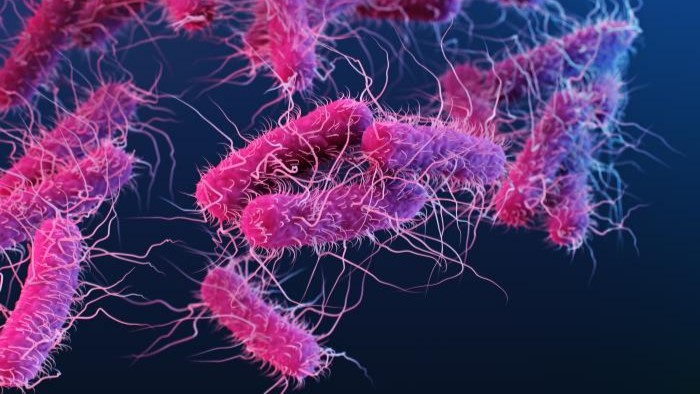10 bacteria facts
 E Coli bacteria
E Coli bacteria
Here are 10 key facts about bacteria.
- Definition: Bacteria are single-celled microorganisms that lack a nucleus and other membrane-bound organelles. Instead of a nucleus, they have a nuclear region called a nucleoid where their DNA is located.
- Types: There are two main types of bacteria: Gram-positive (e.g. Staphylococcus aureus) and Gram-negative (e.g. Escherichia coli), which are classified based on their cell wall structure.
- Shape: Bacteria come in various shapes, including spherical (cocci), rod-shaped (bacilli), and spiral-shaped (spirilla).
- Size: Bacteria are typically 0.5-5.0 μm in size, making them invisible to the naked eye.
- Habitat: Bacteria can be found in almost every environment, including the human body, soil, water, and air.
- Role in Human Health: Bacteria play a crucial role in human health, with some species being beneficial (e.g. gut flora) and others being pathogenic (e.g. causing infections).
- Antibiotic Resistance: The overuse and misuse of antibiotics have led to the emergence of antibiotic-resistant bacteria, making it challenging to treat infections.
- Common Bacterial Infections: Common bacterial infections in the UK include pneumonia, urinary tract infections (UTIs), and skin infections (e.g. cellulitis).
- Diagnosis: Bacterial infections can be diagnosed using various methods; including microscopy, culture, and molecular tests (e.g. PCR).
- Treatment: Treatment of bacterial infections typically involves antibiotics, but it’s essential to use them judiciously and follow guidelines – to minimise the risk of antibiotic resistance.

